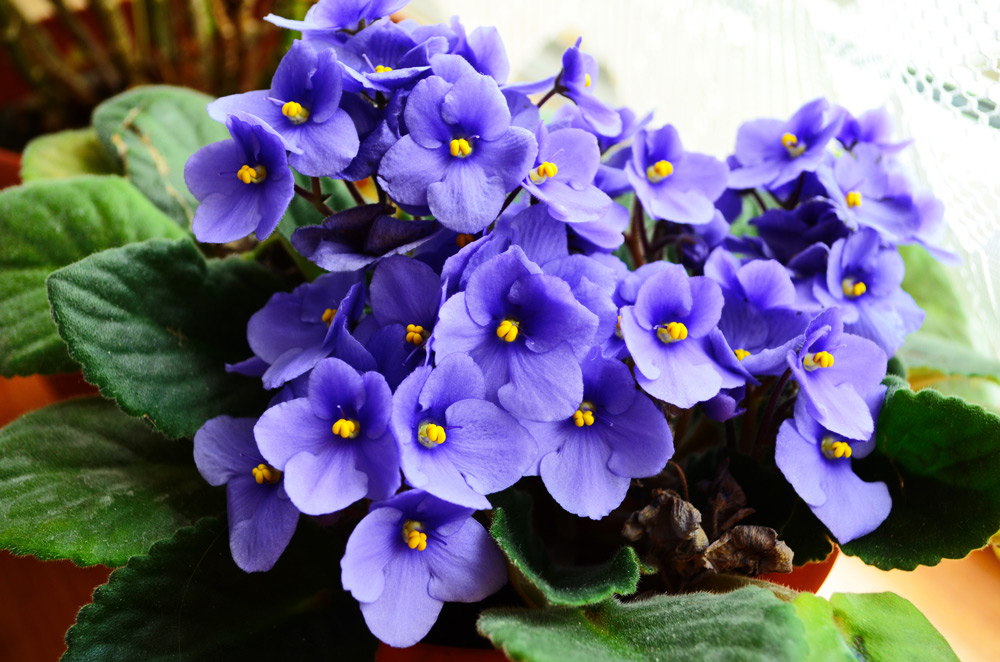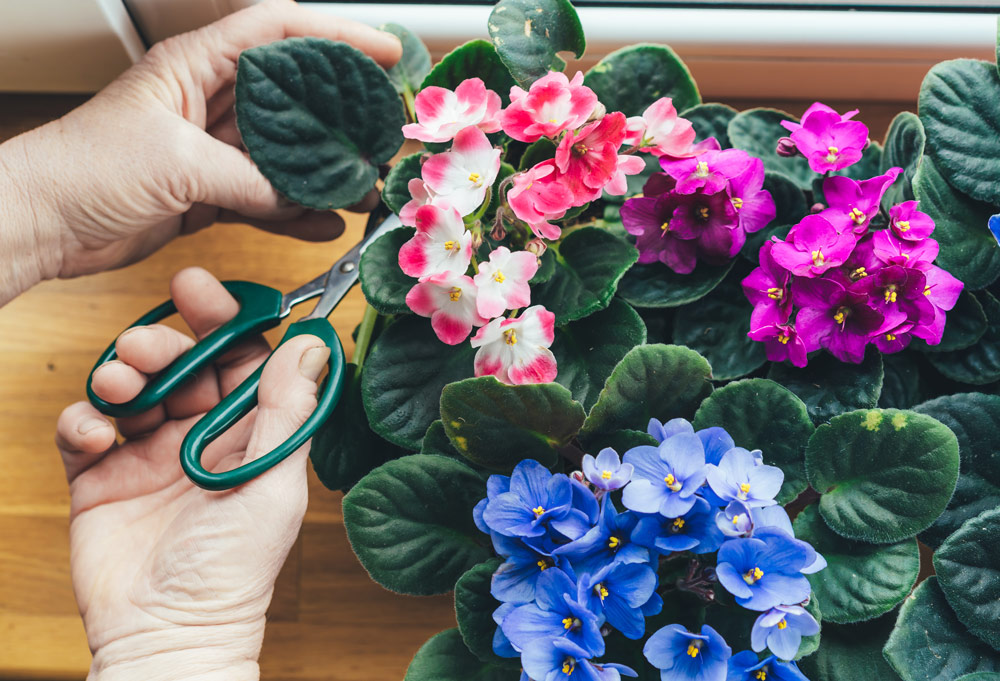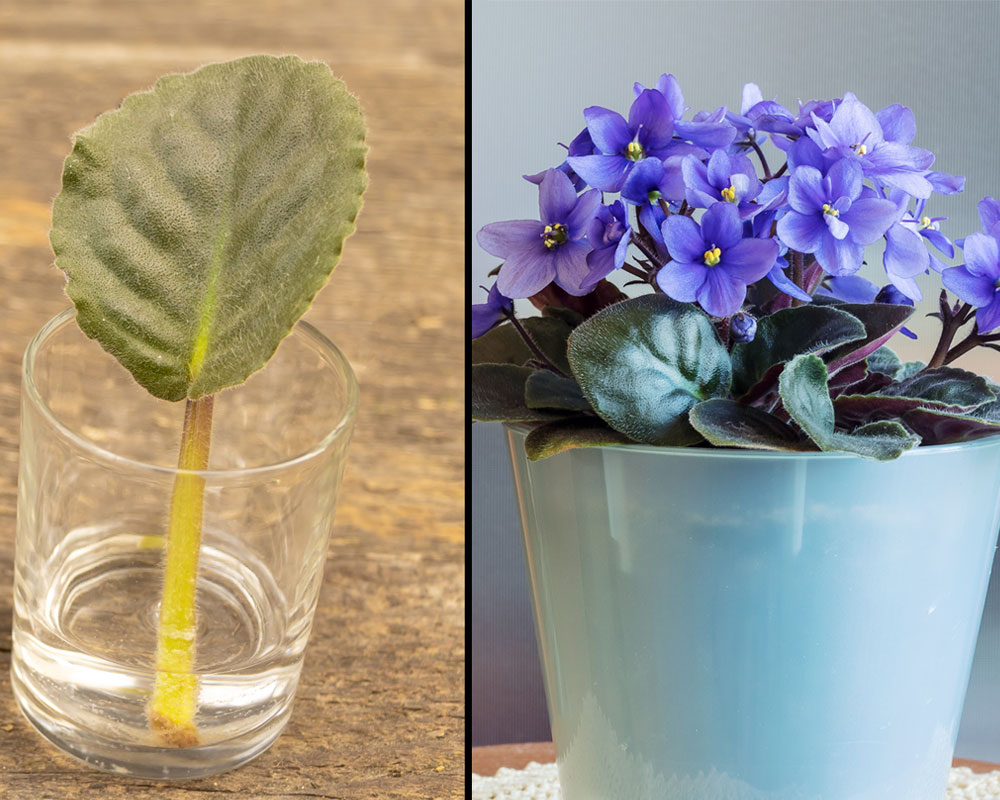
Are you frustrated with your African violets refusing to bloom? Your African violets might not be getting enough light or the right type of light. These charming plants have specific requirements that can sometimes be tricky to meet.
Incorrect watering is another common reason why your African violets aren’t producing flowers. Whether you’re giving them too much or too little, finding the right balance can make all the difference. Ensuring proper care and conditions is key to enjoying beautiful, flowering African violets year-round.
Stay with us as we explore the top five reasons your African violets aren’t blooming and provide practical solutions to help you succeed. By the end of this post, you’ll be well-equipped to transform your plant care routine and witness a burst of blooms.
Understanding African Violet Bloom Cycles
African violets follow distinct life cycles with specific environmental conditions that influence blooming. Grasping these aspects will help you ensure healthy blooms.
The Life Cycle of African Violets
African violets typically experience a growth cycle divided into vegetative growth and blooming phases. Initially, the plant focuses on developing robust leaves and roots. This vegetative stage is crucial for setting the foundation for future blooms.
Next, the plant enters the blooming phase, during which it produces buds that later open into flowers. This phase can last several weeks, followed by a brief resting period.
Tip: Regularly removing faded flowers and yellowing leaves can encourage new growth and blooms.

Optimal Blooming Conditions
For African violets to thrive, they need specific conditions:
- Light: Provide bright, indirect sunlight to encourage flowering. Too much direct sunlight can damage leaves.
- Water: Water the plant from the bottom to keep the soil consistently moist but not soggy. Over-watering can lead to root rot.
- Humidity: Maintain a humidity level of 40-60% to mimic their natural habitat.
- Temperature: Ideal temperatures range between 65-75°F (18-24°C). Avoid extreme fluctuations.
Ensuring these conditions are met will create an environment where your African violets can bloom beautifully.
Common Care Mistakes
Understanding why your African violets aren’t blooming often comes down to a few fundamental mistakes in their care. The most common issues include light, water, and soil.

Insufficient Light
African violets need bright, indirect light to thrive. If you notice leggy growth or a lack of blooms, your plant might not be getting enough light. Place your violets near a north or east-facing window.
Avoid direct sunlight, which can scorch the leaves. Artificial lights can be a good alternative if natural light is lacking. Ensure the lights are about 12 inches above the plants and on for 12-14 hours a day.
Improper Watering Techniques
Both overwatering and underwatering can prevent African violets from blooming. Always use room temperature water. It’s best to water from the bottom to avoid getting the leaves wet, which can cause spots.
Check the top inch of soil; it should be slightly dry before watering again. Using a humidity tray can help maintain proper moisture levels.
Incorrect Soil Composition
African violets require a specific type of soil to bloom well. Regular potting soil is too dense and can lead to root rot. Use a soil mix designed for African violets, which is light and airy.
A good mix should include materials like peat moss, vermiculite, and perlite. Make sure your pots have proper drainage to prevent water from sitting in the soil and causing damage.
Nutritional Needs and Solutions
Proper nutrition is crucial for your African violets to thrive and bloom. Key factors include the right type of fertilizer and recognizing signs of nutrient deficiencies early.

Fertilizer Frequency and Types
African violets need regular feeding to produce vibrant blooms. Use a balanced, water-soluble fertilizer with an N-P-K ratio of 14-12-14.
Feed your plants every 2-4 weeks. Mix the fertilizer at half the recommended strength to avoid over-fertilizing, which can damage the plants.
Consider a fertilizer specially formulated for African violets. These often contain micronutrients like iron and chlorine, which are essential. Make sure to water your violets before applying fertilizer to prevent root burn.
Signs of Nutrient Deficiencies
Identifying nutrient deficiencies can help you take proactive steps. Common signs include yellowing leaves, stunted growth, or poor blooming.
For instance, yellowing leaves may indicate a nitrogen deficiency. Curling leaves can signify potassium shortage.
Look for pale blooms or leaves turning dark green with purple veins; these may signal a phosphorus deficiency. If you notice any of these symptoms, adjust your fertilizer mix or frequency accordingly to address the specific deficiency.

Advanced Tips for Prolific Blooming
Optimize Lighting: Ensure your African violets receive consistent, indirect light for about 12-16 hours a day. You can use a timer with an LED grow light to mimic natural daylight.
Temperature Control: Maintain a stable temperature between 65-75°F (18-24°C). Sudden changes in temperature can stress the plant and inhibit blooming.
Humidity Levels: Keep the humidity around 50-60%. You can place your plants on a tray filled with water and pebbles or use a room humidifier to create a suitable environment.
Advanced Fertilization: Use a high-phosphorus fertilizer, like a 12-36-14 formula. Fertilize every 4-6 weeks but reduce the concentration to half the recommended dose to avoid root burn.
Balanced Watering: Use tepid water and avoid watering the crown of the plants. Opt for bottom watering by placing the pot in a tray of water for about 30 minutes.
Repotting Techniques: Repot African violets every 6-12 months using fresh potting mix. This provides fresh nutrients and helps in developing a cleaner root system.
Leaf Pruning: Remove old or damaged leaves to improve airflow. This encourages new growth and allows the plant to focus its energy on producing flowers.
Avoid Drafts: Protect your plants from drafts by placing them away from windowsills or doors where there’s frequent air movement. This ensures a stable environment conducive to blooming.











